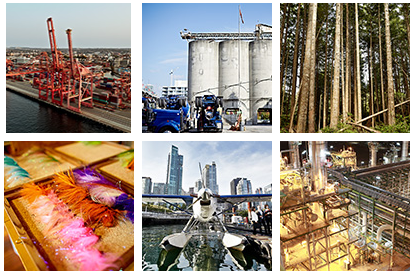Cisco launches Internet of things division, eyes standardization

Cisco on Tuesday launched an Internet of things division that will focus on linking data, machines and people and the standards that go with them.
The effort, launched at Cisco's Internet of Things World Forum in Barcelona, brings together multiple efforts inside the networking giant. Cisco said it will use its Internet of things unit to focus on industry implementations and networking various sensors. According to Gartner, the Internet of things will create economic value for all organizations and sectors and create an additional $1.9 trillion for the economy by 2020. By 2020, 30 billion things will be connected as every product more than $100 will be smart.

Cisco said that the Internet of things division will be led by Guido Jouret, vice president and general manager of Cisco's Internet of things unit. Jouret's charge will be to continue to develop Cisco networking gear to combine switching, routing, networking, security and embedded networks and tailor them for use in manufacturing, oil and gas, mining, energy and other industries.
Also: IT in 2020: Internet of things, digital business enthusiasm abounds
According to Cisco, the company has had some Internet of things initiatives running since 2006. said the Internet of things is akin to where networking was in 1993 and 1994 when there were multiple standards and applications couldn't connect.
"The Internet of things is a complex landscape and we saw there wasn't a concerted effort to simplify it," said Jouret. "There is a need to bring together technology companies, integrators and industry to accelerate adoption."
The Internet of things forum in Barcelona brings 800 people to explore the technologies that can be standardized. "There are a lot of proprietary interconnects," said Jouret.
Special Feature: M2M and The Internet of Things
Jouret argues that there are multiple bandwidth choices ranging from Ethernet to Wi-Fi to 3G to white space and even WiMax that can connect sensors. To garner Internet of things adoption, applications on these networks will have to connect with speed and low battery life. Today, utilities, railroads and oil and gas all have different standards and approaches.
Big data: An overview
If standards and Internet of things networks can standardize and connect, Cisco's Jouret said the real win is efficiency and new economic models. For instance, General Electric could sell connected MRI machines and wind turbines, see how they are used, minimize downtime and ultimately charge on a usage-based revenue model, said Jouret.
Cisco's role in the Internet of things is obvious---set networking standards and the gear that goes with the infrastructure. "A lot of industries are just getting connected," said Jouret. "Many are in the first inning. The second inning is focused on getting data and turning big data into big control. What can we automate."
Some skeptics will note that Cisco seems a bit late to the Internet of things game, but Jouret has a ready answer to that argument: Only 4 percent of devices on a factory floor are connected to a network. For Cisco, that other 96 percent of the factory floor means a lot of revenue upside ahead.